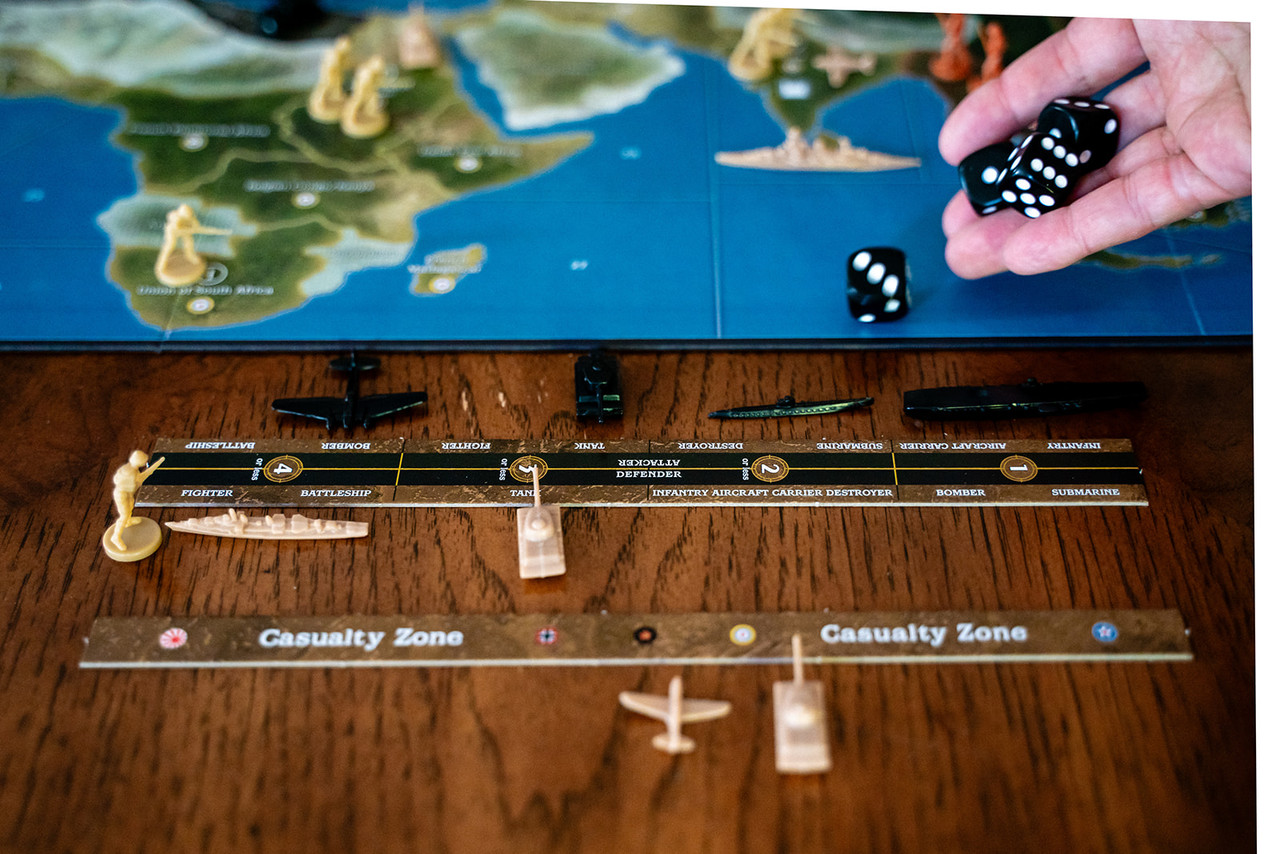This is an excerpt from my ebook, How to Design Card Games.
In many game companies, developers are different than designers. They will take a game designer’s working game and adapt it for publication. These changes might be intended to:
- Improve gameplay
- To better fit the game company’s customers
- To meet manufacturing constraints or goals.
Developing Gameplay
The developer will first continue to refine the game. Dale Yu – the game developer for Dominion, Suburbia, and Castles of Mad King Ludwig – relates how he played Suburbia solitaire hundreds of times to refine which tiles to include in the game.
- He changed the attributes of some of the tiles (i.e., their costs and abilities).
- He identified tiles that didn’t work with the others.
- He examined sets of tiles (airports, schools, etc.) to determine how they worked together and if more were needed.
- He tested strategies that might break the game or always lead to victory.
- He changed the game ending conditions and tweaked the rules in other ways.
- He suggested improvements to the graphic design of the game.
If a game does not have a good a story arc, the developer might work on creating a better beginning, middle, and end to the game.
Inconsistencies are another area where a game developer can make a difference. Sanding down the rough edges of a design, removing arbitrary differences in language and functionality.
The graphic design elements of a game help convey rules, components, and other important aspects of gameplay. These are items that can evolve through game development.
A final step is documenting the rules. Sometimes a game designer or game developer writes the rules, but these people are often too close to the game, and might be documenting it wrong – documenting earlier versions of the game play, or discussing the game in ways that are confusing to the new player. Some firms will hire independent writers specifically to write or edit the rules.
Developing the Theme
One of the jobs of the game developer is balancing theme vs. game play. Some gamers like richly thematic games and have a wide tolerance for unusual rules to better represent the theme. As the theme is refined, cards may need changed. Others may prefer a more streamlined and abstract approach.
For instance, the Reiner Knizia’ Schotten Totten is about Scottish sheepherders. It’s a very abstract game – it can be played with a 6-suited deck of cards and 9 tiddlywinks or bingo markers. When GMT Games considered the game for publication, they rethemed it to better fit their customer base of wargamers. The cards were given military ranks and the game was renamed Battle Line. Because Americans prefer a mix of more luck than many European games, GMT had Knizia add a set of 9 cards that introduced a bit more variation.
Developing for Manufacturing
Often games will need to be redesigned around manufacturing costs. The game designer may have unrealistic expectations for how many plastic figures could be used, for instance. Some of these plastic figures might end up replaced with cardboard tokens or standardized meeples.
But the manufacturing costs can also be increased, depending on the market. For instance, the first version of Axis & Allies, by Nova Game Designs, used cardboard counters to represent tanks, infantry, anti-aircraft, battleships, and submarines, as was typical of most wargames of the time.
When Milton Bradley took on the game to prepare it for mass-market publication, they commissioned plastic molds and figures for these pieces instead. (Something that can cost $10,000 per figure.)
After purchasing Milton Bradley, Hasbro re-launched the brand as a series of games and re-engineered them so that more of the figures were unique to their country, better representing the unique equipment of the different combatants. (For instance, the German tank now looks different than the Russian tank or the American tank. In the original game, only the infantry – shown above – looked different.)
Historically, game developers were not credited in the rules, but that’s changing, as people recognize the important work that developers do to transform designers’ visions into highly repayable games.
Photo credit: Promotional photo copyright 2023 by Renegade Game Studios.



